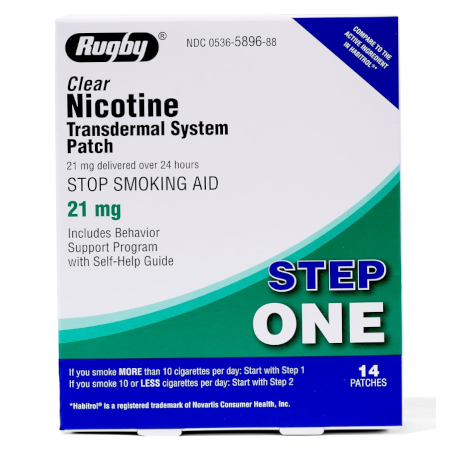June 6 FDA fasttracked approval for Tembexa – a drug to treat small pox. WHY? It’s dangerous and I would say they are preparing for something, because no one has small pox. People can actually die from small pox.
Here is the link to where to purchase. I don’t make a dime off of this and I am not an affliate of these folks. It was super cheap to buy this from them and took a month to get. So here is the link. There are many places in USA that sell the extract. I am not endorsing this company or their product. Just telling you where I ordered this cure from the 1850’s that they said the indians used.
https://www.indianayurvedicproducts.com/sbl-sarracenia-purpurea-1000-ch_2549.html?gclid=Cj0KCQjwp86EBhD7ARIsAFkgakhUV3HpF7T41AbFyTorwhdOEvzV650jp3onzPs-doQzGUkOg7byRjcaAl0KEALw_wcB&fbclid=IwAR29Xez3pkng0ukfSKotpXdo3HnSV2qi3QK_wl7ANpn5i01W66psDVLMLfg
1850’s Chicago Medical Journals Published:
In the nineteenth century, smallpox ravaged through the United States and Canada. At this time, a botanical preparation, derived from the carnivorous plant Sarracenia purpurea, was proclaimed as being a successful therapy for smallpox infections. The work described characterizes the antipoxvirus activity associated with this botanical extract against vaccinia virus, monkeypox virus and variola virus, the causative agent of smallpox. Our work demonstrates the in vitro characterization of Sarracenia purpurea as the first effective inhibitor of poxvirus replication at the level of early viral transcription. With the renewed threat of poxvirus-related infections, our results indicate Sarracenia purpurea may act as another defensive measure against Orthopoxvirus infections.
Introduction
In the late 1800’s, the Micmac Indians of Nova Scotia proclaimed the existence of a botanical-based remedy for smallpox. During this time, Herbert Miles, the Assistant Surgeon to the Royal Artillery, reported that during an outbreak of smallpox “an old squaw going amongst them, and treating the cases with (a botanical) infusion…was so successful as to cure every case”. This botanical infusion was later described as being derived from the carnivorous plant, Sarracenia purpurea [1], [2].
In 1892, Charles Millspaugh described that the Native Americans of eastern North America used S. purpurea as a poultice against smallpox and it provided “the greatest remedy known for the dreadful scourge” [3]. C.G. Logie, Surgeon-Major of the Royal Horse Guards, treated variola-infected men in his regiment and found that S. purpurea “seemed to arrest the development of the pustules, killing, as it were, the virus from within, thereby changing the character of the disease and doing away with the cause of pitting” [4]. However, the putative medicinal properties of S. purpurea have been largely forgotten.
Before human development, S. purpurea, also known as Huntsman’s Cup, Side-saddle flower or Indian Pitcher Plant, was widely distributed ranging from Labrador to Florida along the Atlantic seacoast of North America and westward to Wisconsin and Minnesota [13], [14]. S. purpurea is an insectivorous bog plant, the leaves of which form cups and become filled with water to capture insects.
Smallpox outbreaks have occurred within the human population for thousands of years, but the natural disease is now considered eradicated after a successful worldwide vaccination program. In recent years there has been a heightened concern that variola virus might be used as an agent of bioterrorism [30]. In addition, the related monkeypox virus represents an emerging threat to the human population [19], [30]. Though the vaccine provides effective protection against poxvirus infection, side effects and risks associated with the smallpox vaccine are reasonably common and can be quite severe [27], [30]. The increasing threat of Orthopoxvirus-related infections highlights the need to discover effective poxvirus countermeasures. In this manuscript we present the ‘rediscovery’ and characterization of S. purpurea as an effective inhibitor of Orthopoxvirus replication.
















Hi,
Just wondering how you picked below website for the smallpox tincture? Why is this product recommended from them? Are they the best with how they have processed the plant? I’m looking for a high end effective plant extract b/c I believe w/in next 3 months they will unleash smallpox on population sadly. I just want to confirm this is the best and why you picked this particular site. Where is this tincture being made? In USA, Canada, India? That type of information. Thank you very much! https://www.indianayurvedicproducts.com/sbl-sarracenia-purpurea-1000-ch_2549.html?gclid=Cj0KCQjwp86EBhD7ARIsAFkgakhUV3HpF7T41AbFyTorwhdOEvzV650jp3onzPs-doQzGUkOg7byRjcaAl0KEALw_wcB&fbclid=IwAR29Xez3pkng0ukfSKotpXdo3HnSV2qi3QK_wl7ANpn5i01W66psDVLMLfg.
God bless you thabk you for leaving this for the people to use. God bless you
Where can I get sarracenia-purpurea? The link above is no longer working.
I tried to order from this company. There was a big Hangup from US fish & wildlife & they cancelled the order after 2-3 weeks. Not worth trying from there at this point.
Thanks though!
The link you gave gives me a 404.
[…] Where to get Saracena Purpurea for small pox […]
The purchase link doesnt work anymore :( is there any way to purchase the said product now?